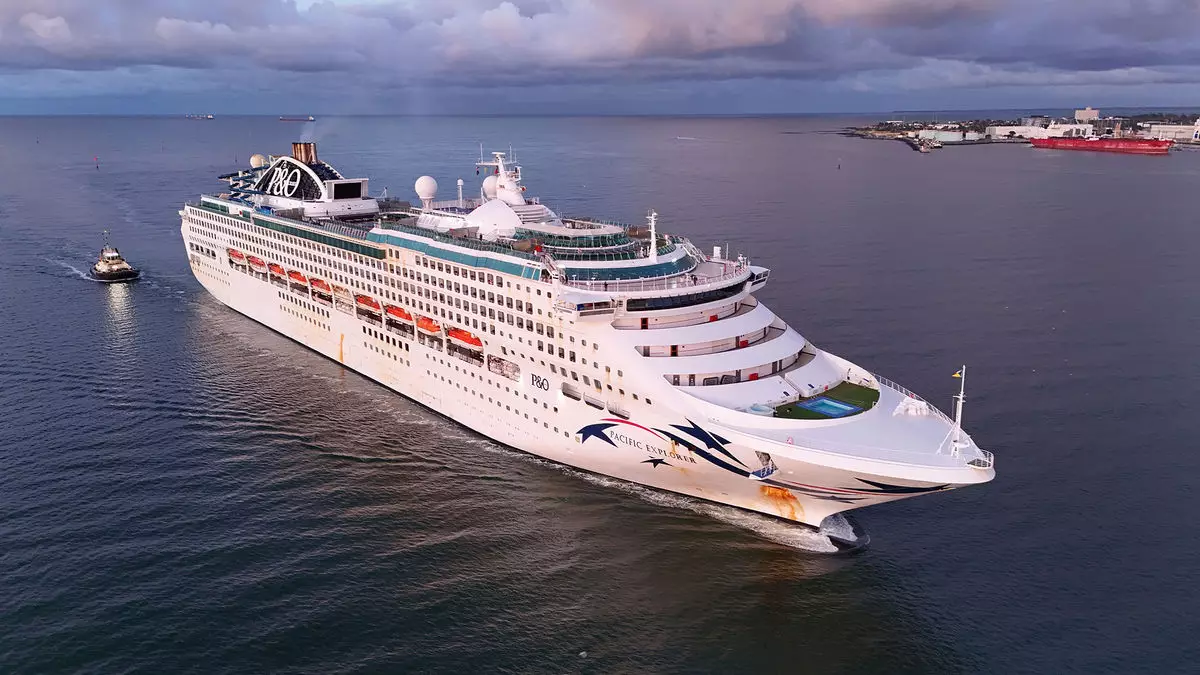Carnival Corp. recently announced the retirement of the P&O Cruises Australia brand, with Carnival Cruise Line set to absorb its assets. This move will see the rebranding and operation of the Pacific Encounter and Pacific Adventure ships by Carnival Cruise Line, while the Pacific Explorer will exit the fleet in February.
The decision to have Carnival Cruise Line absorb P&O Australia’s operations was based on the brand’s high return on investment for Carnival Corp. With this transition, Carnival Cruise Line will account for approximately 35% of Carnival Corp.’s global capacity, up from 29% in 2019. CEO Josh Weinstein emphasized the company’s commitment to the Australian market, aiming to maintain its position as the largest cruise operator with 19 ships, representing almost 60% of the market share.
Weinstein also addressed the challenges posed by the small population and higher operating costs in the South Pacific. To ensure continued delivery of exceptional cruise experiences to guests in the region, Carnival Corp. is adjusting its approach to enhance operational efficiencies. This strategic shift highlights the company’s adaptability and responsiveness to market dynamics.
Following the transition, Carnival Cruise Line will have a robust presence in Australia and the South Pacific, with four vessels in operation. In addition to the rebranded P&O Australia ships, the cruise line has incorporated vessels from sister brand Costa Cruises and introduced new ships like the Carnival Jubilee. Plans are also in place for the launch of two more Excel-class cruise ships in 2027 and 2028, signaling continued growth and expansion for Carnival Cruise Line in the region.
The retirement of the P&O Cruises Australia brand and Carnival Cruise Line’s absorption of its assets represent a strategic move by Carnival Corp. to optimize its operations in the Australian market. With a focus on efficiency and delivering exceptional experiences, the transition underscores the company’s commitment to sustaining its leadership position and meeting the evolving needs of travelers in the South Pacific.


Leave a Reply